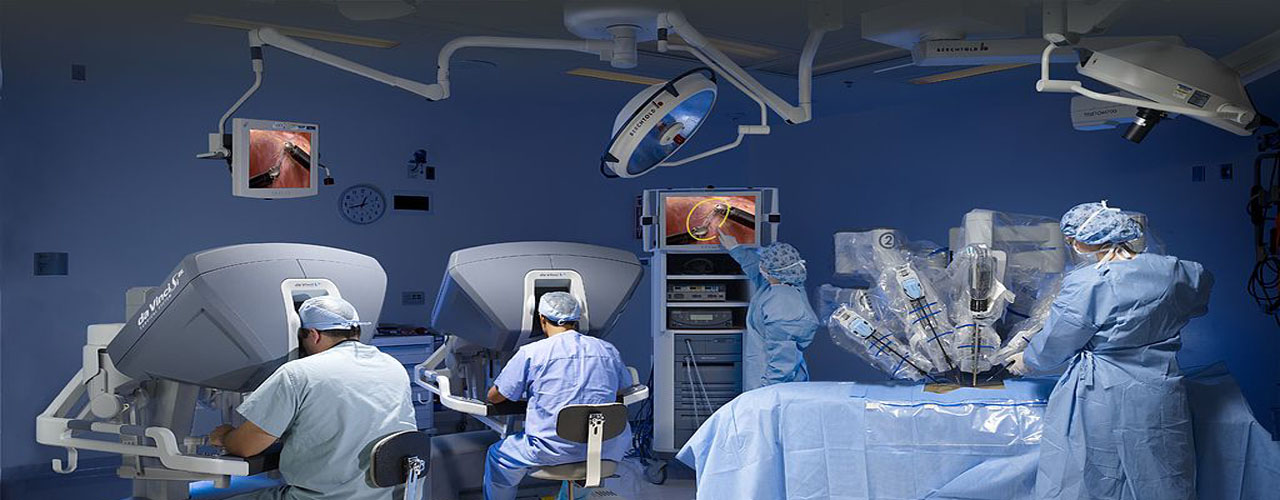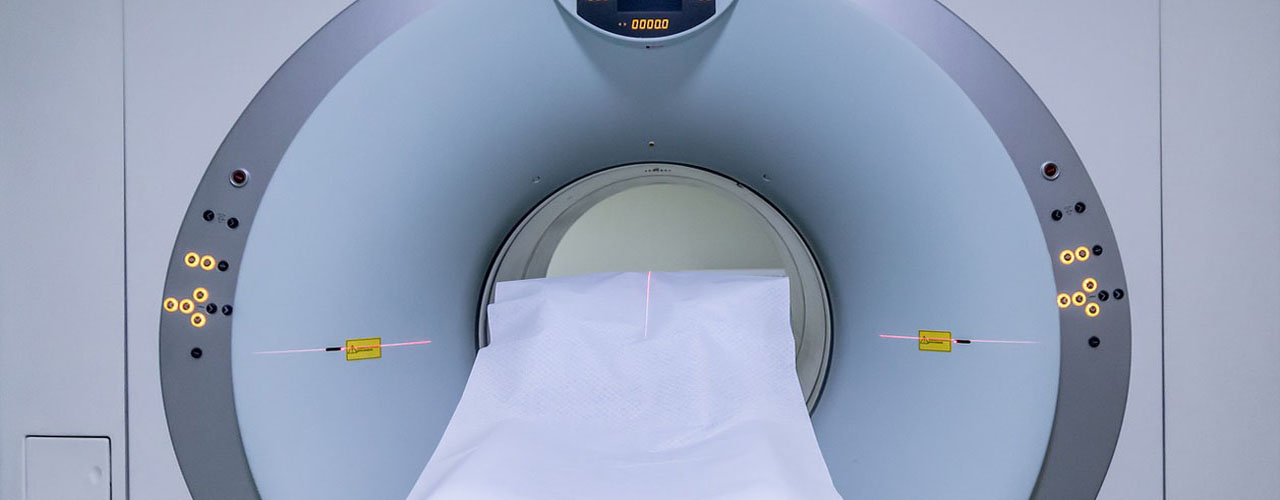| Titolo | DIETI Contact Person / Partners | Abstract | Download |
| Electronic processing and CMOS sensors for the detection miRNA fluorescence signal | Ettore Napoli |
ABSTRACT Recently it has been demonstrated that specific miRNAs can indicate and characterize a haemorrhagic condition of the patient. Unfortunately, the miRNA detection requires many hours nullifying the stroke minimization actions that are needed within five hours in most patients. |
No More Available Already assigned to a PhD student of cycle XXXV |
|
OBJECTIVES The research activity aims at designing a lab on chip based on a large area customized CMOS sensor, surrounding circuitry, and human interface for the detection of the miRNA fluorescence signal. |
|||
| High permittivity dielectric materials in magnetic resonance imaging | Giuseppe Ruello |
ABSTRACT The investigation on the use of High Permittivity Materials (HPM) is a hot topic in ultra high field Magnetic Resonance Imaging (MRI) because it allows improving the signal to noise ratio in many scenarios. A physical based explanation of this phenomenon is still an open problem. The PhD Students are expected to contribute to the advancement of knowledge on this field. They will be called to develop electromagnetic models and to implement numerical tools to find, at least in simple geometries, the optimum configuration for the HPMs. |
Available Can be assigned to one doctoral student of cycle XXXVI |
|
OBJECTIVES o Comprehension of the physical mechanisms that govern the RF field distribution in MRI scanner. |
|||
|
Instrumentation and Measurements for Brain Computer interface in health care |
Pasquale Arpaia |
ABSTRACT
|
Available Can be assigned to one doctoral student of cycle XXXVI |
|
OBJECTIVES
|
|
||
| Nanophotonic resonators for the ultrasensitive detection of miRNA | Carlo Forestiere |
ABSTRACT In this activity, the PhD candidate will develop a nanophotonic biosensor aimed at the detection of circulating non-coding RNAs (miRNAs). The sensor will be based on novel anomalous electromagnetic scattering effects emerging at the nanoscale. The PhD candidate will design the electromagnetic properties of the nanophotonic substrate under the guidance of Prof. Forestiere; then he will fabricate and characterize the device under the supervision of Dr. De Stefano. Eventually, he will test the optical sensors under the guidance of Prof. Caraglia, M.D. |
No More Available Already assigned to a PhD student of cycle XXXV |
|
OBJECTIVES The objective of this proposal is to develop a nanostructured nano-biophotonic able to accurately detect circulating miRNAs, that is at same time cheaper and have limited invasiveness compared to the methods currently used for screening. |
|||
|
Optical Tomography, digital holography, microfluidics, numerical algorithms, fast processing, cell characterization. |
Angelo Liseno |
ABSTRACT Recently, the Tomographic flow cytometry by digital holography has been established as the new tomographic principle to recover the 3D refractive index mapping of circulating cells. The main goal is the development of new diagnostic systems and computational tools for single Circulating Tumor Cells analysis, through the high-throughput tomographic imaging in a microfluidic platform. The PhD research activity will be hosted by the laboratories of ISASI-CNR located in Pozzuoli, within the Pietro Ferraro’s research group. |
Available Can be assigned to one doctoral student of cycle XXXVI |
|
OBJECTIVES Development of new lab on a chip devices, algorithms and computational tools for phase contrast tomography of circulating tumor cells with the aim to implement the liquid biopsy paradigm. |
|||
| Diagnostic systems and drug release system for - NEURODEGENERATIVE DISEASES | Giovanni Breglio |
ABSTRACT Inflammation, oxidative stress are pre-conditions to neurodegenerative diseases from early to terminal stages. In the central nervous system (CNS), oxidative damage occurs much more easily than in other tissues, it notes the greater metabolic activity, generating a consequent greater quantity of oxidants and consequently its disposal. Thus the identification and use of new markers of oxidative stress, and the technique to detect them, represent a promising strategy to establish if/how molecular targets are damaged, identify such mechanisms in pathological events associated with neurodegeneration. In this program we plan to study disease related to neurodegenerative disorders [e.i. Alzhaimer (AD), Multiple Sclerosis (MS), Parkinson (PD)]. The activity is mainly focused to the definition of optic fiber biosensor activated by antibodies/target detection using new biomarkers to detect both in-vitro and in-vivo the initiation of oxidative stress, a sign for neuronal degeneration. The assay will be assembled in a prototype with use of a biosensor in detecting in vivo the disease in small rodents. We aim to build the bases for the development of a diagnostic instrument to detect initiation of neurodegeneration for the use in medical practice in patients affected. |
Available Can be assigned to one doctoral student of cycle XXXVI |
|
OBJECTIVES Functional genomics has identified those propitiatory mechanisms of the initial state of neurodegenerative disease. Analysis technologies of these phenomena, based on fibre optic detection platforms, will be extensively investigated. In fact, the close collaboration of the partner of the proposal that well balance the necessary skills, will put the student to face the issues with solid bases both technological and life science related questions as devoted to neuroscience and diagnostic biomarker discoveries. |
|||
| Nano photonics per precision medicine in oncology: the Hospital in the Needle and related technologies | Antonello Cutolo |
ABSTRACT In the last years there has been an increasing interest to try to reduce the collateral effects in any kind of clinical therapy. In particular, the precision medicine has become a strategical target in oder to reduce the quantity of drug to be delivered to the patient. This approach is becoming almost a golden rule in any oncology threatment. On this line of argument and taking advantage on the tremendous progress made in the field of optical fiber sensors a new idea came out the lab on fiber from which the most natural extension for medical application was the hospital in the needle. |
Available Can be assigned to one doctoral student of cycle XXXVI |
|
OBJECTIVES The objective of this proposal is to develop a nanostructured nano-biophotonic able to accurately detect circulating miRNAs, that is at same time cheaper and have limited invasiveness compared to the methods currently used for screening. |
|||
| Cerebrovascular disease diagnosis and monitoring via microwave tomography | Gennaro Bellizzi |
ABSTRACT The proposed project aims at the development and the experimental validation of a lowcomplexity microwave imaging device capable of addressing currently unmet clinical needs arising in brain stroke diagnosis and treatment, namely early diagnosis and monitoring in the post-acute stage. The project will be developed within an international intersectoral (academic/medical/enterprise) consortium of partners with a background in electromagnetic engineering, medical sciences and imaging technologies. |
Available Can be assigned to one doctoral student of cycle XXXVI |
|
OBJECTIVES The project aims at improving the effectiveness of brain stroke diagnosis and treatment by introducing an innovative technological solution capable of performing early-stage diagnosis and continuous monitoring at the patient’s bedside. |
|||
| New wearable sensors for ubiquitous patient monitoring | Andrea Irace |
ABSTRACT The research aims to design and develop small and lightweight sensors for non-invasive, ubiquitous patient monitoring. The continuous acquisition of vital parameters such as cardiac rhythm, respiratory rate, cardiac mechanics, blood pressure in addition to the activity level provides doctors with additional information on the patient's health and may supports more prompt diagnoses and therapies. Sensors wireless connectivity with mobile devices will allow to provide telemedicine applications. |
Available Can be assigned to one doctoral student of cycle XXXVI |
|
OBJECTIVES Design of innovative sensors for continuous patient monitoring. Development of prototype devices easily wearable, low-power and with wireless connectivity. implementation of data analysis and an integrated telemedicine system. |










